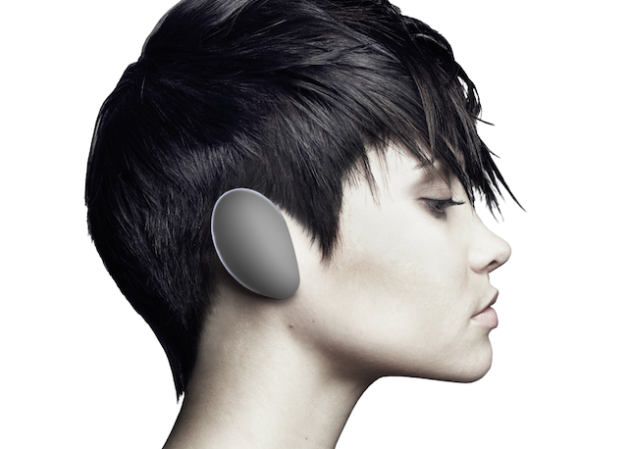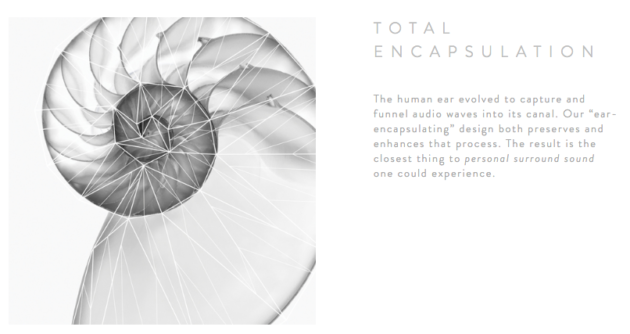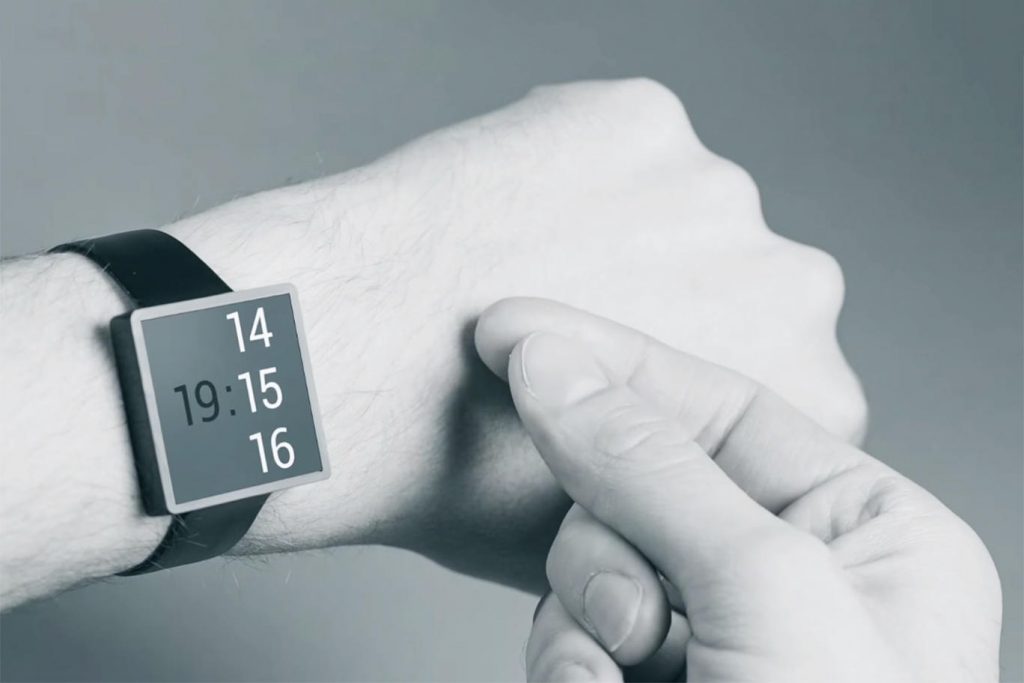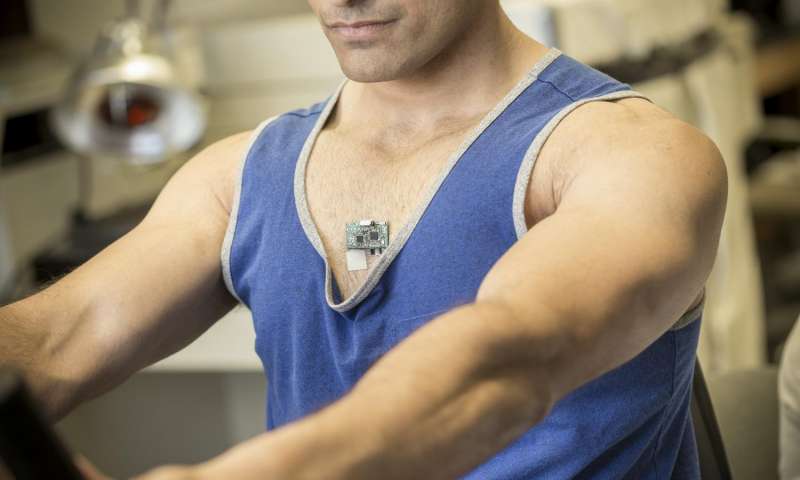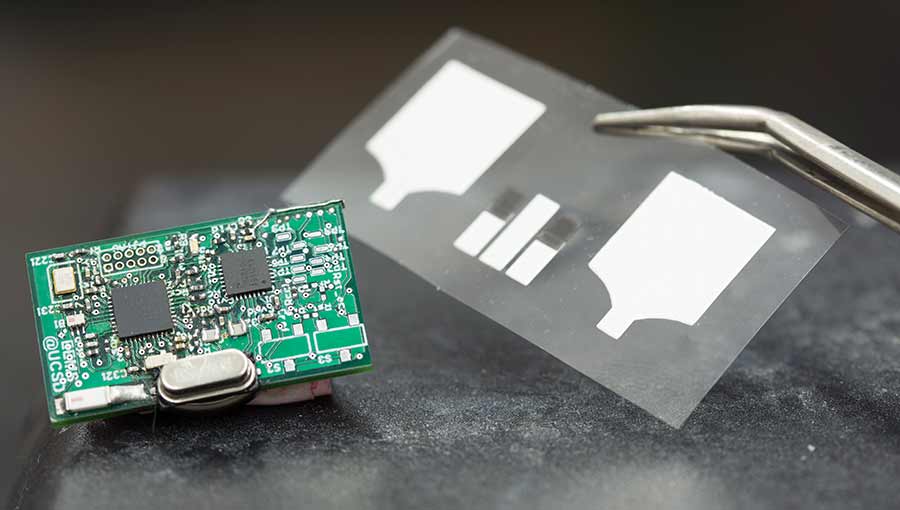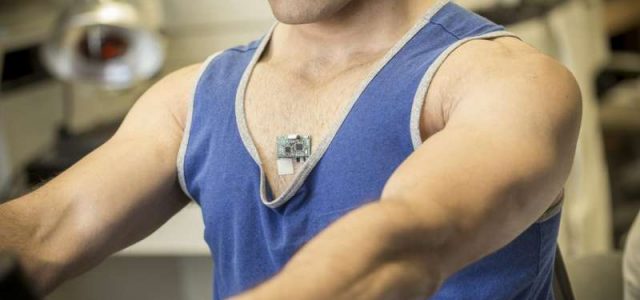
Seems there is wearable news every day. Not all of it has applications in fitness, but some of it could totally change the way we workout. Here are three that could do just that if they can survive long enough to make it into the market. Our money is on yes.
Kept under tight wraps, the Human project proposes to take a new angle on the truly wireless headphones device. This time, the headphones won’t go inside the canal, but will surround the whole ear.
For anyone who’s fought slippery earbuds during a workout before, this is a unique proposal.
Their site claims that their encapsulating design using the best parts of what makes our ears work, enhancing their function, not circumventing it. They call it “the closest thing to personal surround sound one could experience.”
If they succeed, it looks like we’ll no longer suffer shoddy tunes when working out. In fact, if they can deliver, we also no longer workout in isolation. The Human system is designed to network with other headsets so we multiple people can enjoy the same sound.
This could be huge for group exercise classes, where class volume is disruptive, like in urban spaces or small gyms. It could also beautifully augment a serene yoga environment in ways a PA could never accomplish.
What’s more, this proposed flagship product from Human will allow users to let in outside noise. That’s huge for urban settings where disconnecting during a run or bike ride could be dangerous.
From the team at Alphabet or Google, if you prefer, Project Soli just announced the version 2.0 of their gesture activated technology.
Although it is not found on any device yet, Soli would allow users to engage their device without actually touching it, like in the movie Minority Report. This is huge for small interfaces, like watches.
Currently, wearing smartwatches can be a great way to gather tons of data when exercising, maybe even listen to some tunes, but that technology is limited to a tiny screen. For those of us with pudgy fingertips, it’s near impossible to navigate a one-by-one-inch screen.
Voice recognition may be a better solution in the long run, but if gesture technology keeps moving at the speed it’s going, it could pass voice. This is good for folks who can’t speak, either because they are mute or they are not in a place where they can shout at their smart device.
Don’t forget, gestures burn calories. Double jeopardy!
Chem-Phys Patch
This technology is so hot it barely has a name. It’s an adhesive patch they’re calling The Chem-Phys Patch. We’ll see if that name sticks.
Announced by Gadgets and Wearables, a group of scientists at the University of California at San Diego, have developed a technology for measuring biochemical and electrical signals during a workout.
EKG is generally accepted as the superior technology for measuring heart rate, where many of today’s wearables use a flashing LED. This means that if they can make the Chem-Phys Patch market ready, it could take out many other fitness wearables with the add-on of measuring lactic acid.
Why in the world would you want to measure lactate? Why wouldn’t you?
Lactic acid is produced when you push your exercise levels past a certain threshold. It’s different for individuals, but the onset of lactic acid usually means the beginning of pain.
If you could observe the levels where your body starts to produce more lactate than you can burn, you could use that data to figure out lactate benchmarks for your body, determining if you are improving or not.
We’ll keep you posted as these technologies work their way through development, especially when they come to market.
As always, we’ll keep you updated on all the wearable news that could change your workouts forever.
Meanwhile, read this blog on GPS Fitness Trackers Worth Owning Under $20.
